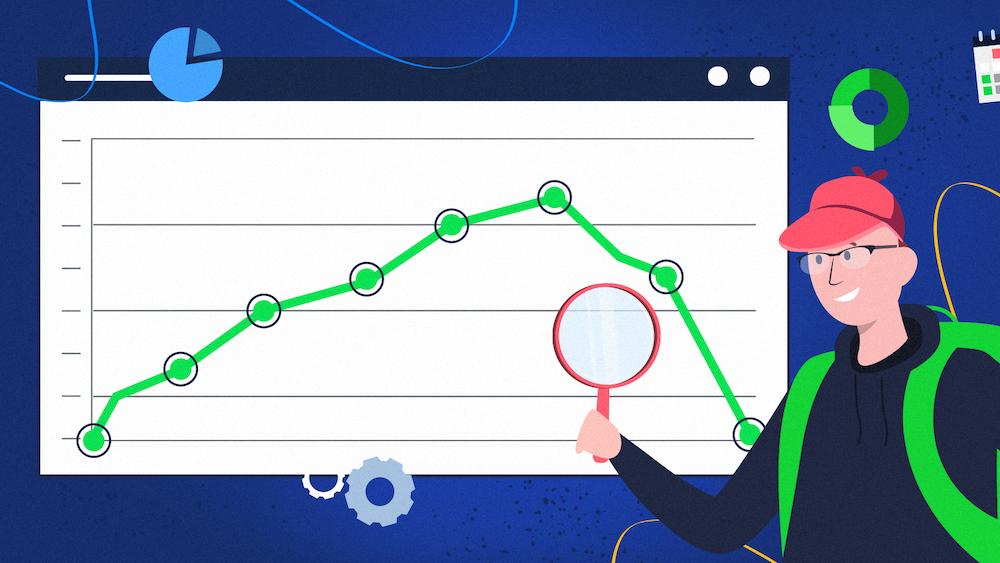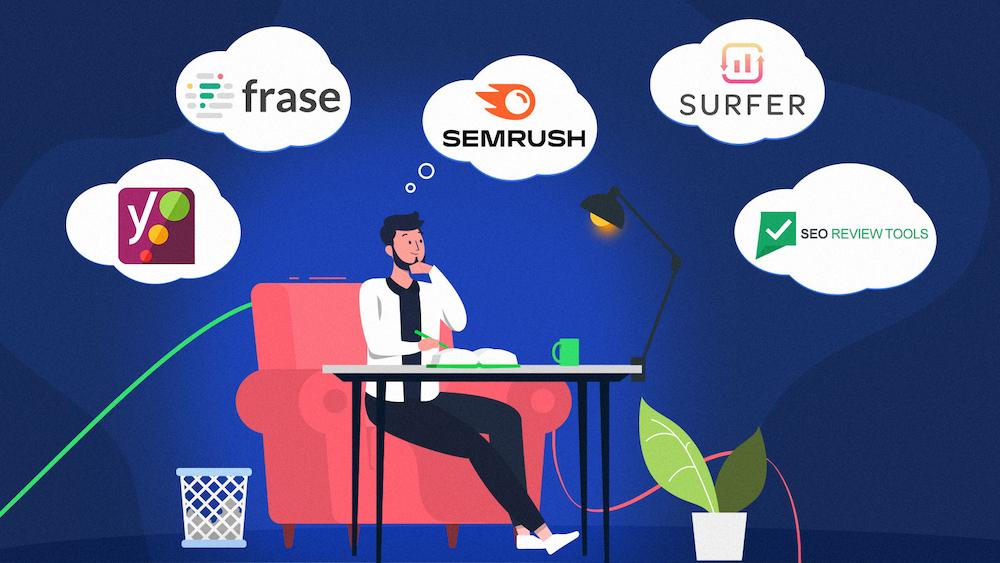Two Decades in the Trenches
Imagine a world in which there is no Google, where no-one cares about links, and where Yahoo ranks websites alphabetically. Then make all the search engines so inefficient that you have to try ten of them to find relevant results. And just to make it more interesting, fill all the SERPS with mountains of off-topic, keyword-stuffed spam.
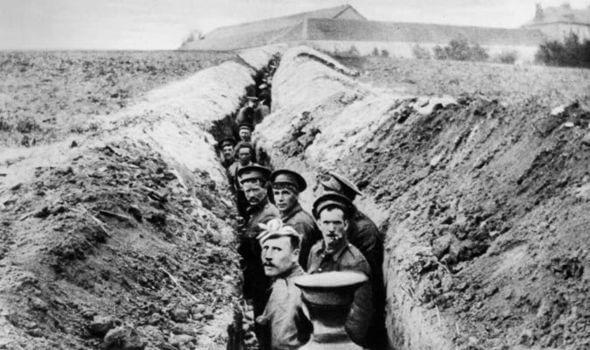
Figure 1: After two decades in the trenches, SEO is still fascinating.
That’s the strange world I entered when I first dipped my toe into the murky waters of search engine optimization in 1996. The Internet was just beginning to gain mainstream popularity, and suddenly, companies realized that a whole new way of reaching potential customers was emerging. Clients who had been using my freelance writing services started asking if I could rank their content as well as write it. And before I knew it, I had plunged into the deep end of this emerging industry.
Twenty years later, I am still here… and I still love my job! Things have changed dramatically in that time, but search engine optimization is still a fascinating challenge at the sharp end of online marketing. It’s easy to forget how much things have moved on – see here is a review of how SEO consulting has changed in my 20 years in the business.
The Days of the ‘World Wild West’
Now that Google is so much an integral part of our lives, it is hard to imagine how we got along without it. But before the ‘Big G’ took the planet by storm, the online world really was like the Wild West.
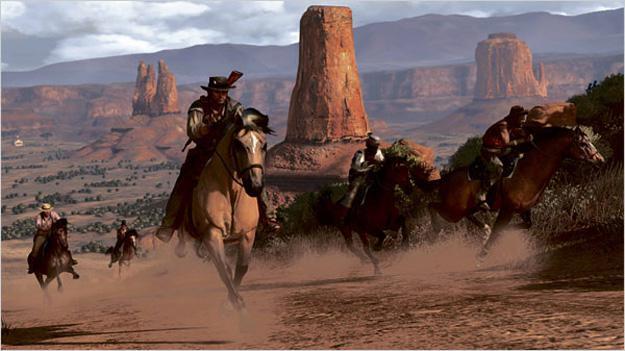
Yahoo was the biggest player in the world of search – but back then, it was still a human-edited directory. Getting your website listed would set you back $199, with no guarantee of inclusion. And if your website was called Zebra.com, you were out of luck. You would be buried at the bottom of the alphabetical listings. If you were smart, you would rename your business AAAZebra.com – because that strategy could really get you to the No.1 spot on Yahoo!
The pure search engines that did exist ranked websites based on their content only, mainly relying on keyword density and keyword prominence. As a result, it wasn’t long before spammers caught on and filled the SERPS with keyword-stuffed pages – most of them linking to porn and Viagra sites, regardless of the phrase that was searched for. Worse still, all of the search engines were painfully slow at returning results.
The Arrival of the ‘Big G’
The arrival of Google in 1998 changed everything. For the first time, you could conduct a search and get pages of highly-relevant results – all in a fraction of a second. The news spread by word of mouth, and Google started growing into the monster we know today.
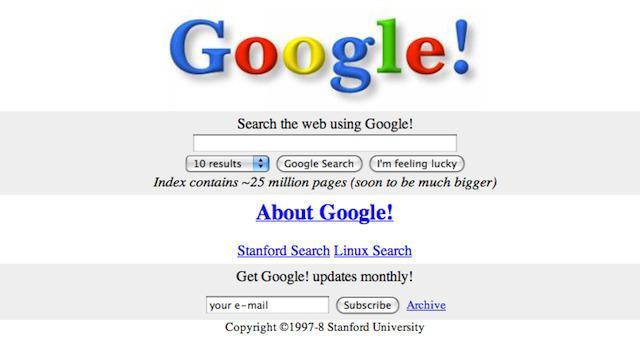
This was great news for searchers but bad news for spammers. Because Google relied mainly on incoming links to identify sites with authority, low-quality spam just didn’t rank in Google. For a while, the SERPs were gloriously free of junk. That meant it was relatively easy for SEO professionals to rank good websites because the links they earned naturally did the heavy lifting.
But then the spammers started fighting back by shifting their strategy towards link building. The modern age of search engine optimization had begun. Suddenly reciprocal linking and web rings became all the rage. Any link from any website anywhere would help you rank.
Into the New Millennium
By the time the year 2000 came around, search engine optimization had grown from a cottage industry for geeks into big business. By now, businesses both big and small were realizing that they couldn’t ignore the Internet any longer and that their position in the search results could make or break their business.
At this time, however, there was very little concrete information to go on. Everybody knew that authority links were important, but everything else was rather vague and fuzzy. The only solid metric available was PageRank. And so, by default, this became the currency of SEO. Building and sculpting PageRank became the mantra for SEO consultants everywhere.
SEO 2.0 and Beyond
When blogging took off in the early 2000s, SEO shifted again. For one thing, the availability of quality information exploded as SEO and online marketing blogs popped everywhere. But there was a darker side, too, as unscrupulous SEOs discovered they could manipulate the search results by building blog networks and link wheels. ‘Black-hat’ SEO was going mainstream.

Figure 4: In the new millennium, many SEOs went over to the dark side…
Over the next few years, this trend accelerated. SEO had shifted from being mainly about content to being mainly about links. And for many, that meant deploying mass link building tools to get results.
In the last few years, the industry has shifted again. Now that Google is getting better at spotting link spam, we are once again seeing the search results being spring-cleaned. Out with the spam… and in with better quality websites. And we can expect this trend to continue.
How Things Have Changed with SEO
So for anyone who has been in the SEO business as long as me, it has been a roller-coaster ride. Sometimes it is easy to rank websites and make money, sometimes… not so much! But throughout this 20-year journey, one fact has remained constant. Websites that are well designed and have good, relevant content are most likely to rank well – as they indeed should!
Why this is the Best Time in this Industry…Ever!
If you read the SEO and online marketing forums, you will often see people complaining that ‘things are not what they used to be’ in this business. In my opinion, that is good! I sure as heck wouldn’t want to go back to the bad-old days of trying to out-rank porn sites for innocuous searches. I don’t want to give up WordPress and revert to hand-coding static HTML pages. And I certainly have no wish to create 10 different ‘doorway pages’ for each piece of content to rank in 10 different search engines.
Search engine optimization is much better in 2016 than it was in 1996. We have access to fantastic tools and resources now. Imagine doing SEO without tools such as Google Analytics, Webmaster Tools, Majestic SEO, Ahrefs, and SEMrush. And believe me, knowledge of all the amazing plugins available for today’s CMS platforms is really helpful in providing website optimization services.
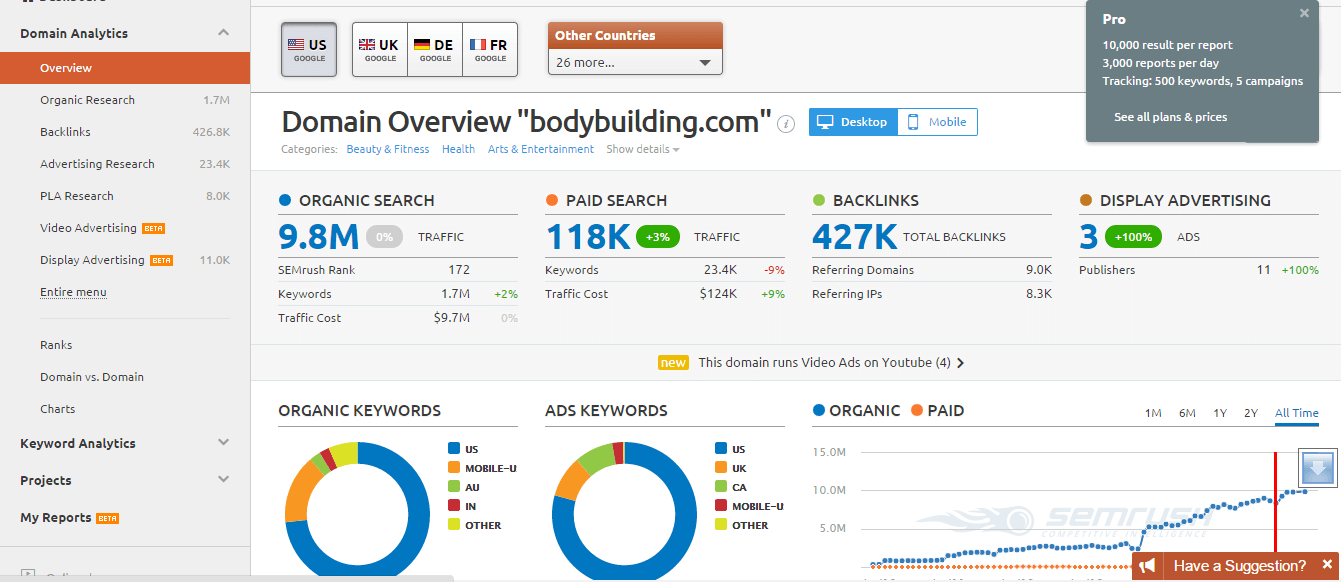
Figure 5: Tools like SEMRush have turned the art of SEO into science.
Of course, there are challenges for SEO professionals in 2016. But there were challenges in 1996, and no doubt there will be new challenges in 2036. Instead of focusing on the negatives, focus on the positives. Search traffic is still growing, and the opportunities are expanding. If you get good at SEO in today’s world, there is no limit to what you can achieve.



